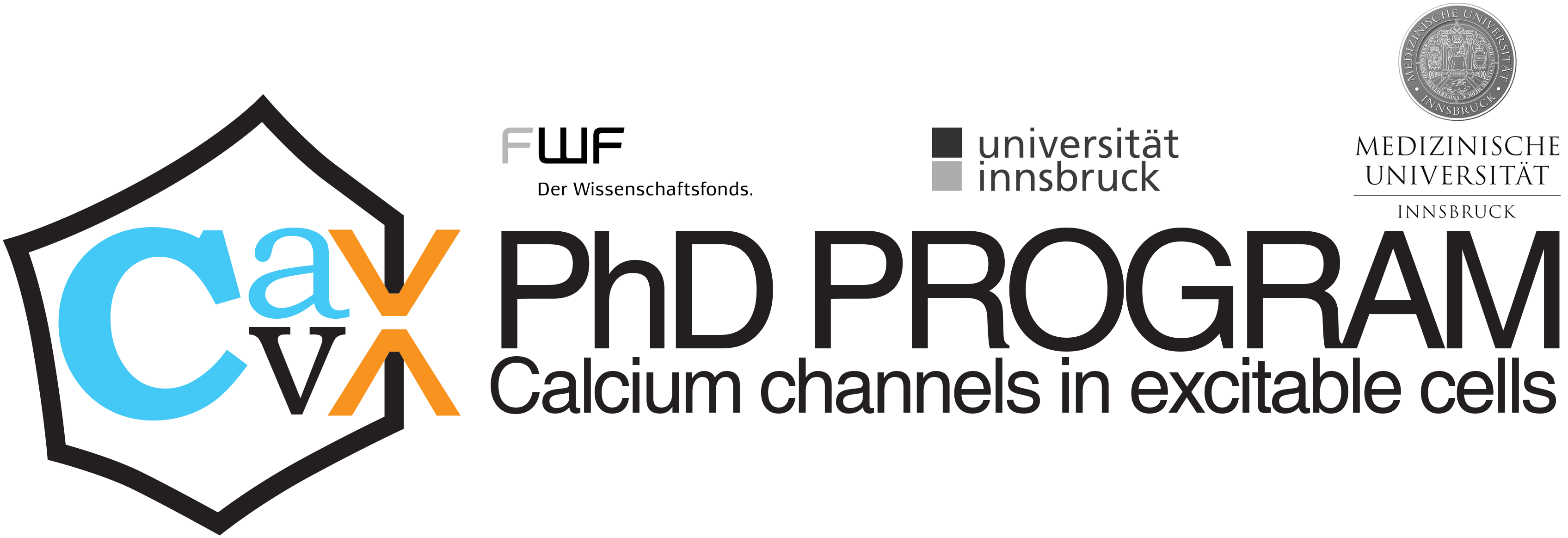// LIEDL GROUP
Keywords: Voltage-gated calcium channels; molecular dynamics simulations; structure-function relationships; deciphering calcium channels interactome; computational methods; computational prediction of mutations consequences.
// AIM
The Liedl group focuses on understanding the molecular mechanisms underlying voltage-gated calcium channel (VGCC) function through advanced computational methods. Our research aims to simulate the complex conformational dynamics and molecular interactions of voltage-gated calcium channels, investigating how different structural components respond to membrane potential changes, interact with regulatory proteins and auxiliary subunits, and adapt to genetic variations including disease-causing mutations. Through these computational approaches, we seek to develop a comprehensive understanding of how all four functional domains (and their constituent parts) coordinate their movements to orchestrate channel activation under diverse physiological and pathological conditions. We extend our investigations to map the VGCC interactome, identifying critical protein-protein interactions that modulate channel function. Additionally, we apply computational approaches to predict how mutations affect normal channel behavior and function across calcium channel families, providing insights into pathological variants. By applying state-of-the-art theoretical approaches, we seek to provide mechanistic explanations for disease variants and establish structure-function relationships at the molecular level.
// APPROACH
We employ a diverse arsenal of computational techniques to investigate VGCCs within their native membrane environment. Our methodology includes classical molecular dynamics (MD) simulations and other computational approaches that overcome traditional timescale limitations to capture functionally relevant conformational changes. These methods allow us to observe conformational transitions, environmental effects on channel properties, etc.
For phylogenetic analysis, we precise statistical and computational methods. This enables us to predict how specific mutations might disrupt inter-/intra-protein interactions and affect channel function, providing valuable insights for interpreting clinical variants.
Our close collaborations with experimental research groups facilitate validation of computational predictions and create a holistic scientific environment at the theory-experiment interface.
// RESEARCH TOPICS
Voltage-gated calcium channels control most activity-dependent functions of excitable cells, from synaptic transmission in neurons and hormone release to muscle contraction. Their proper function depends on the precise translation of electrical signals received by the cell membrane into coordinated sequential movements of all parts of the channel: the four individual repeats consisting of the voltage-sensitive domains (VSD I-IV) and the pore domains that form the channel pores. Our computational investigations seek to identify:
- Structural determinants that govern the unique voltage-gating properties of different calcium channel isoforms
- The specific contributions of individual parts of the channel to channel kinetics
- Molecular mechanisms explaining how disease-related mutations alter channel function
- The comprehensive interactome of VGCCs, mapping interactions with auxiliary subunits, signaling proteins, and other regulatory molecules
- Evolutionary patterns in channel structure and function through computational phylogenetic analysis
- Prediction of mutation effects across species and channel subtypes
This integrated computational strategy provides unprecedented insights into the dynamic processes underlying calcium channel function and dysfunction in various pathological conditions.
// LAB MEMBERS
- Group leader: Univ.-Prof. DDr. Klaus R. Liedl
- Team: https://liedllab.org/team/
// ADDRESS
Institute of General, Inorganic and Theoretical Chemistry
University of Innsbruck
Centre for Chemistry and Biomedicine (CCB)
Innrain 82
A-6020
Innsbruck, Austria
// CONTACT
Klaus.Liedl@uibk.ac.at
+43(512)507-57100
// SELECTED PUBLICATIONS

